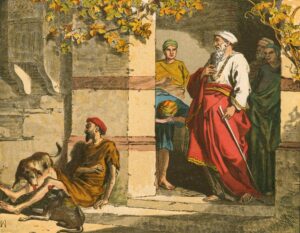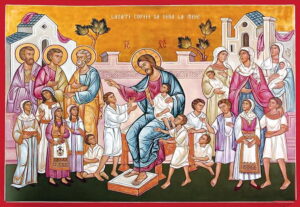The Julian and Gregorian Calendars are fascinating calendar systems that are both in use today. They represent two distinct approaches to timekeeping and are used by different groups for various reasons. The predominance of the two calendars is seen in their use by different Christian denominations and even non-religious countries. While the Orthodox Church follows the Julian Calendar for its liturgical celebrations, other Christian denominations, as well as most secular countries, have opted for the Gregorian Calendar, mainly because it follows a more exact approach to calculating leap years.
The primary difference between the two calendars is the leap year calculation. Under the Julian Calendar, every fourth year is a leap year, meaning that an additional day is added to the month of February. The Gregorian Calendar, on the other hand, adds a leap year every fourth year, but not in years that are divisible by 100 and not by 400. This adjustment was made to ensure that the calendar closely aligns with the solar year.
Additionally, the date on which the vernal equinox falls also varies between the two calendars, with the Julian Calendar placing it on March 21, while the Gregorian Calendar falls on March 20 or 21 depending on the year. This can cause discrepancies in the dates of important religious celebrations between the Orthodox Church and other Christian denominations.






